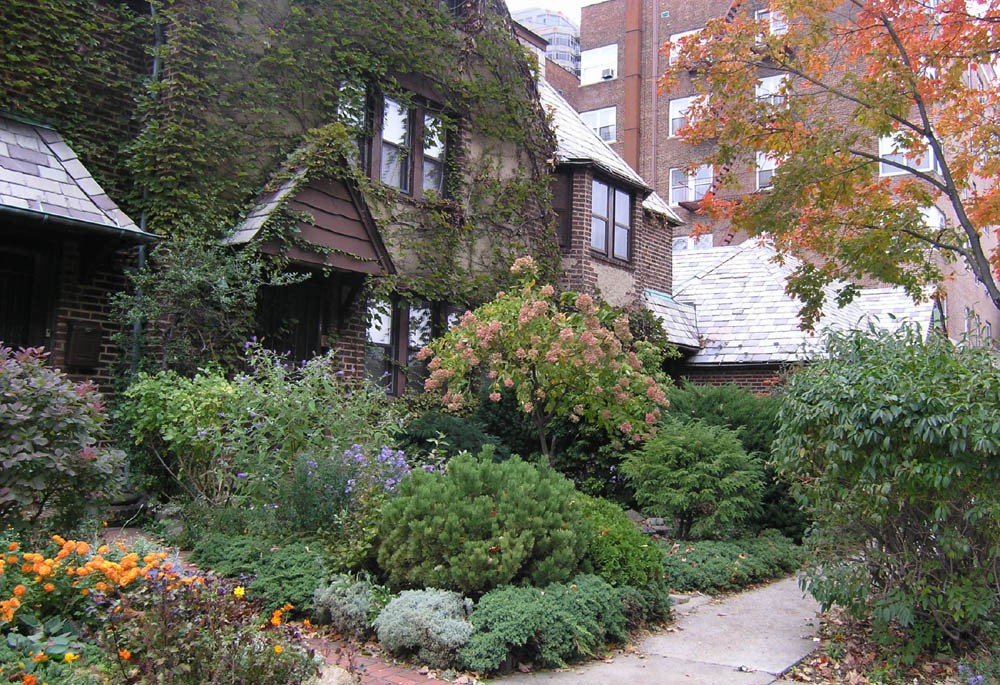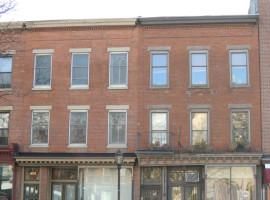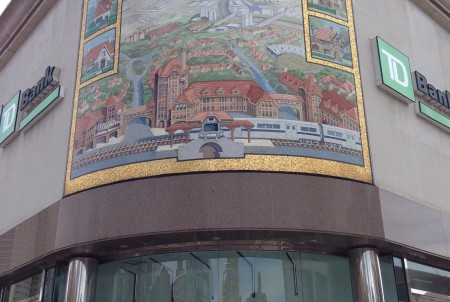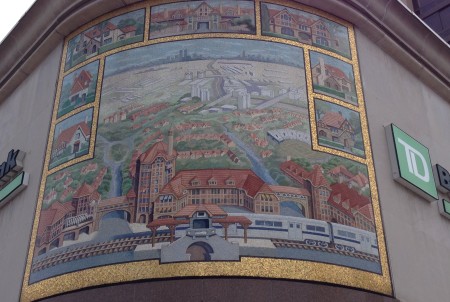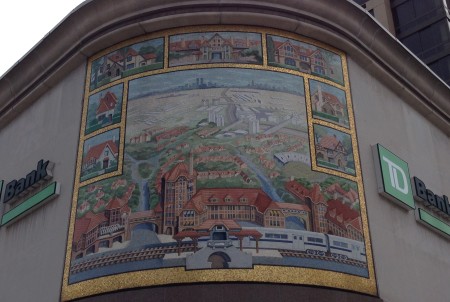Forest Close & Forest Hills, Queens
A Brief History
At the turn of the 20th century, the sparsely populated borough of Queens was on the brink of immense change. With little public transportation, its population was roughly 150,000. Between 1900, when the Pennsylvania Railroad purchased, expanded and electrified the Long Island Railroad, and 1910, when a groundbreaking tunnel underneath the East River was unveiled, the population of Queens nearly doubled. One of the first residential developments of these early years of the 20th century was Forest Hills, a 600-acre parcel of farmland previously known as the Hopedale section of Whitepot. Purchased by the Cord Meyer Development Company in 1906, the parcel was renamed in honor of its proximity to Forest Park and its elevation above the surrounding area.
For this new development, George C. Meyer stipulated the layout of a suburban community, with lots designated for houses, schools and churches, as well as utilities and plantings. Aesthetically, the area would be united by its architecture. Meyer hired architects Robert Tappan and William Patterson to design single-family houses that would complement one another. Cord Meyer began the development of these lots in 1906, mostly north of Queens Boulevard. The area roughly bounded by 68th Avenue on the north, 72nd Road on the south, 108th Street on the west and Grand Central Parkway on the east is still referred to as the Cord Meyer section of Forest Hills. The Long Island Railroad opened a station in Forest Hills in 1911, and in 1913-14, a trolley service began operating along Queens Boulevard from 71st Street to both Manhattan and Jamaica. Several events put Forest Hills on the map, including the 1915 relocation of Manhattan’s West Side Tennis Club to Forest Hills, where it would host the U.S. Open for the next 62 years (its 14,000-seat stadium opened in 1923). The neighborhood also gained fame in 1917, when Theodore Roosevelt gave a speech at Station Square at the onset of World War I.
Roughly 142 acres of Forest Hills was almost immediately sold by Cord Meyer to Mrs. Margaret Olivia Slocum Sage, widow of Russell Sage, a very successful railroad magnate and financier. Through the Russell Sage Foundation, Mrs. Sage established Forest Hills Gardens in 1909, and the community was completed in 1912-13. This incredibly short period of construction can be attributed to the use of pre-fabricated concrete units, a revolutionary and influential technique at the time. Station Square forms the magnificent entrance into this planned suburb which was largely designed by architect Grosvenor Atterbury and landscape architect Frederick Law Olmsted, Jr.
As further advancements to the area’s infrastructure were made, such as the widening of Queens Boulevard, development continued in Forest Hills through the 1920s in much the same style, with a mix of single-family houses, small-scale apartment buildings and townhouse-style residences. The first apartment building constructed in Forest Hills Gardens was the Forest Arms, built in 1924. Apartment buildings also cropped up along Queens Boulevard. Arbor Close and Forest Close, small townhouse complexes with shared gardens, were constructed in 1925 and 1927, respectively. The opening of the IND subway in Forest Hills in 1936 led to a major shift in development patterns to larger, mainly six-story, apartment buildings. After World War II and up until today, some private houses have been demolished to construct large apartment buildings, especially along Queens Boulevard.
